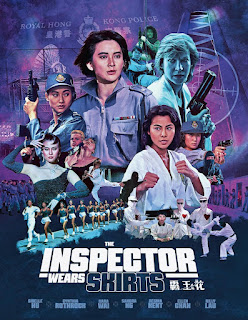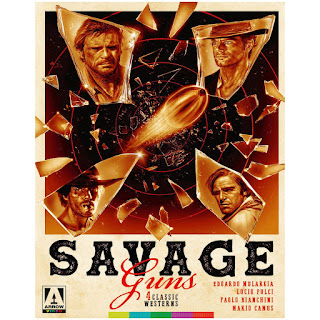The Blue Jean Monster

Fans of Asian cinema know – and appreciate – that things can get very weird, very quick. For instance, a standard cop movie can turn into a slapstick zombie sitcom at a moment’s notice. Which is exactly what happens in The Blue Jean Monster (1991), a left-of-center action comedy that pretty much defines Hong Kong’s all-bets-are-off filmmaking aesthetic. Joe is a gung-ho police officer whose wife is expecting their first child when he’s killed trying to apprehend a gang of bank robbers. But an electrical jolt revives him, granting superstrength and an immunity to pain as long as he’s re-charged every so often. Hoping to last just long enough to get revenge and bring his baby into the world, Joe enlists the aid of a pair of live-in teens to help disguise his condition and track down the bad guys. Unapologetically goofy and prone to hit below the belt, The Blue Jean Monster is pretty uneven when it comes to generating laughs or thrills . A few early scenes of intense vi








